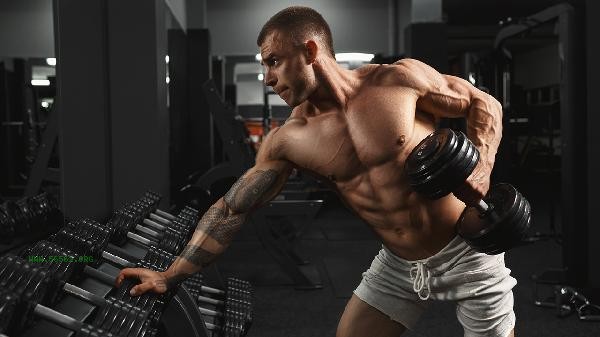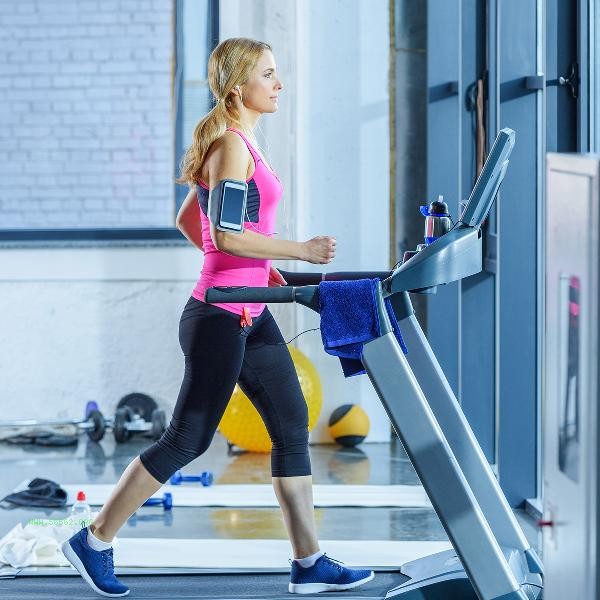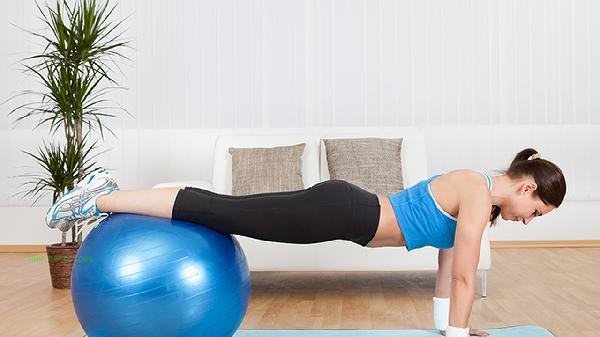During the fitness period, the choice of rice or noodles should be based on the training objectives and physical needs. The muscle building period is more suitable for the sustained energy provided by noodles, while the fat loss period is more recommended due to the low sugar content of rice.

1. Differences in Energy Supply
Noodles have a slower digestion rate of complex carbohydrates, which can provide sustained and stable energy release, making them suitable as a staple food before strength training. Ordinary noodles contain about 30 grams of carbohydrates per 100 grams, and their glycemic index is generally lower than that of white rice, which helps to avoid severe fluctuations in blood sugar during training. Whole wheat noodles contain more dietary fiber and B vitamins, which can help improve exercise endurance.
II. Metabolic Efficiency Comparison
The branched starch structure of rice is more easily broken down and absorbed by the human body at a faster rate, making it suitable for glycogen supplementation after high-intensity interval training. The preserved germ layer of brown rice contains gamma aminobutyric acid, which can help relieve muscle tension after exercise. However, white rice has a strong blood glucose response. diabetes patients or people with reduced fat should control their intake. It is recommended to choose cooled overnight rice to increase the content of resistant starch.
III. Composition of Trace Nutrients
The alkaline water added during noodle making can destroy some B vitamins, but iron fortified wheat flour can prevent sports anemia. Rice has a high zinc content, which helps with testosterone synthesis and is crucial for muscle growth. Both lack high-quality protein, and fitness enthusiasts need to consume protein foods such as eggs and chicken breast together.

IV. Consideration of digestion burden
Fermented pasta such as Mantou and pasta is easier to digest, which is suitable for trainers with gastrointestinal sensitivity. The resistant starch in cold rice may cause abdominal distention in some people. It is suggested that those with insufficient gastric acid secretion choose warm, soft and rotten Congee. Excessive intake of high fiber whole grain versions should be avoided before and after high-intensity training to prevent gastrointestinal discomfort from affecting exercise performance.
V. Actual application scenario
Before morning fasting training, it is recommended to choose digestible porridge or low-fat milk soaked oatmeal to avoid the feeling of fullness of noodles affecting the flexibility of movement. Priority should be given to supplementing rice with lean meat after evening training, utilizing the peak insulin secretion to promote muscle repair. Vegetarian fitness enthusiasts can choose quinoa rice or chickpea flour to ensure a balanced intake of plant protein and carbohydrates.

Fitness diet requires dynamic adjustment of staple food structure according to the training cycle. It is recommended to alternate the consumption of rice, noodles, potatoes, and miscellaneous grains. The daily carbohydrate intake during the muscle building phase can be calculated at 4-6 grams per kilogram of body weight, and reduced to 2-4 grams during the weight loss phase. Pay attention to monitoring the body reaction after exercise. Lactose intolerant people can use sugar free soybean milk instead of milk to match with staple food. Gluten allergic people can choose millet or buckwheat flour as a source of carbon water instead. Timely supplement electrolytes and antioxidants after training, and prevent nutritional deficiencies through diversified diet.






Comments (0)
Leave a Comment
No comments yet
Be the first to share your thoughts!